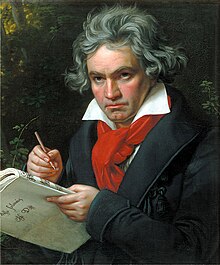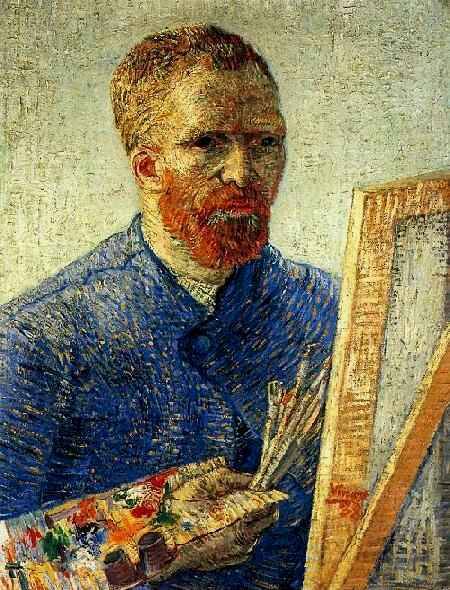ART AND FEAR AND IN LIFE
As I was researching David Bayles' book on Art and Fear I ran into Nathan Sage's blog which had the following review of the book. I can see he loves the book as much as I do and I think you will also. Do check out the book. We highly recommend it here at Rabbits Moon Studio's. It is wonderful for artist of all disciplines, but it speaks to living itself. Here is the review from Nathan's blog. I decided to include the whole page because Nathan said it so well.
"
 |
| google image |
As I was researching David Bayles' book on Art and Fear I ran into Nathan Sage's blog which had the following review of the book. I can see he loves the book as much as I do and I think you will also. Do check out the book. We highly recommend it here at Rabbits Moon Studio's. It is wonderful for artist of all disciplines, but it speaks to living itself. Here is the review from Nathan's blog. I decided to include the whole page because Nathan said it so well.
"
Art and Fear: If I could quote the whole book, I would.
When you act out of fear, your fears come true. Fears about art making fall into two families: fears about yourself, and fears about others. In a general way, fears about yourself prevent you from doing your best work, while fears about your reception by others prevent you from doing your own work. [p. 23]
At any point along that path, your job as an artist is to push craft to its limits—without being trapped by it. The trap is perfection: unless your work continually generates new and unresolved issue, there’s no reason for your next work to be any different from the last. The difference between art and craft list not in the tools you hold in your hands, but in the mental set that guides them. For the artisan, craft is an end in itself. For you, the artist, craft is the vehicle for expressing your vision. Craft is the visible edge of art. [p. 99]
Many people first respond deeply to art—indeed, respond deeply to the world—upon finding works of art that seem to speak directly to them. Small surprise, then, if upon setting out to make art themselves, they begin by emulating the art or artist that brought this revelation. Beethoven’s early compositions, for instance, show the unmistakable influence of his teacher, Franz Joseph Haydn. Most early work, in fact, only hints at the themes and gestures that will—if the potential isn’t squandered—emerge as the artist’s characteristic signature in later, mature work. At the outset, however, chances are that whatever theme and technique attract you, someone has already experimented in the same direction. This is unavoidable: making any art piece inevitably engages the larger themes and basic techniques that artists have used for centuries. Finding your own work is a process of distilling from each of those traces that ring true to your own spirit. [p. 103]
I would assume that, for the authors, this book was a work of both art and fear, itself; it’s obvious. But what strikes me about this book—and what has always struck me about art—is that it is such an accurate metaphor for life.
To reinforce what I’m saying, I’ll run back over the major themes from those three quotes, and add “life” to each summary:
- Fear is paralyzing, in life and in art-making.
- There is simultaneously a huge difference, and a fine line, between “perfection” (craft) and never being satisfied (art), in life and in art-making.
- What you produce reflects how you react to your surroundings, in life and in art-making."
Art and Fear: If I could quote the whole book, I would.
I read a lot of books, a lot of blogs, a lot of email, and I follow a lot of people on Twitter. But it’s been a long time since I’ve read anything, in any format, that’s as good as David Bayles’ and Ted Orland’s book, Art and Fear. I’ve certainly never read a book about making art this good, and I doubt I ever will again.
Concise (120 pages, in print), informative, exhaustive, and potent, this book needs no commentary. So, instead of giving you my thoughts on the book, I’m just going to give you my three favorite quotes¹:
When you act out of fear, your fears come true. Fears about art making fall into two families: fears about yourself, and fears about others. In a general way, fears about yourself prevent you from doing your best work, while fears about your reception by others prevent you from doing your own work. [p. 23]
At any point along that path, your job as an artist is to push craft to its limits—without being trapped by it. The trap is perfection: unless your work continually generates new and unresolved issue, there’s no reason for your next work to be any different from the last. The difference between art and craft list not in the tools you hold in your hands, but in the mental set that guides them. For the artisan, craft is an end in itself. For you, the artist, craft is the vehicle for expressing your vision. Craft is the visible edge of art. [p. 99]
Many people first respond deeply to art—indeed, respond deeply to the world—upon finding works of art that seem to speak directly to them. Small surprise, then, if upon setting out to make art themselves, they begin by emulating the art or artist that brought this revelation. Beethoven’s early compositions, for instance, show the unmistakable influence of his teacher, Franz Joseph Haydn. Most early work, in fact, only hints at the themes and gestures that will—if the potential isn’t squandered—emerge as the artist’s characteristic signature in later, mature work. At the outset, however, chances are that whatever theme and technique attract you, someone has already experimented in the same direction. This is unavoidable: making any art piece inevitably engages the larger themes and basic techniques that artists have used for centuries. Finding your own work is a process of distilling from each of those traces that ring true to your own spirit. [p. 103]
I would assume that, for the authors, this book was a work of both art and fear, itself; it’s obvious. But what strikes me about this book—and what has always struck me about art—is that it is such an accurate metaphor for life.
To reinforce what I’m saying, I’ll run back over the major themes from those three quotes, and add “life” to each summary:
- Fear is paralyzing, in life and in art-making.
- There is simultaneously a huge difference, and a fine line, between “perfection” (craft) and never being satisfied (art), in life and in art-making.
- What you produce reflects how you react to your surroundings, in life and in art-making."


No comments:
Post a Comment